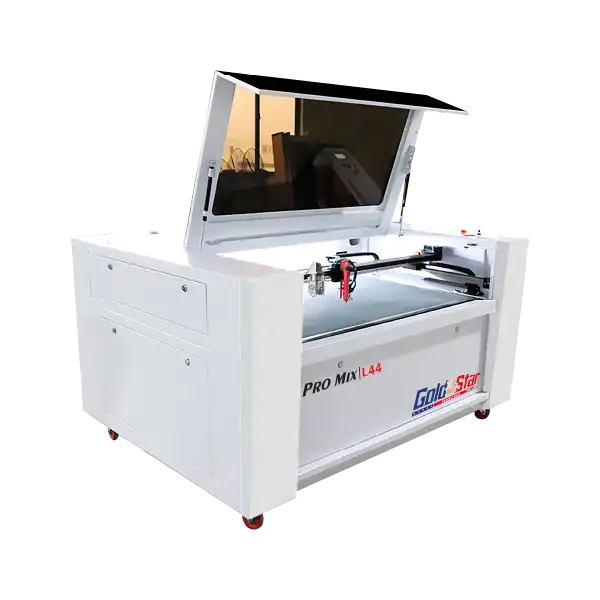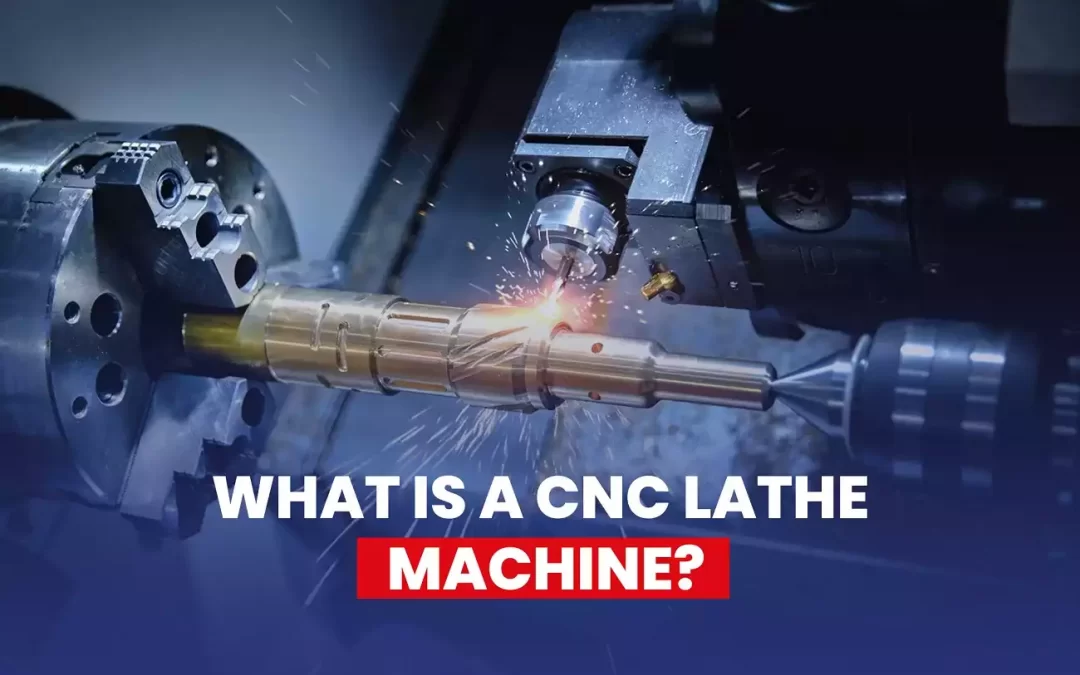Currently, many companies use CNC machines to optimize their production processes. This allows them to create a greater number of parts and components with minimal margin of error, in an automated and large-scale fashion. In certain industries, some parts and products are created using a CNC lathe machine, which uses a Turning Axis. In this article, we’ll discover how a CNC turning axis works, what types of materials it uses, what types of products it fabricates, as well as the advantages it offers in terms of precision, flexibility, and the ability to create complex parts.
CNC lathe machines are highly precise and versatile tools that are used in a wide variety of manufacturing applications. These machines use programming software to control the movement of the tool and the workpiece, allowing for operations such as turning, drilling, facing, and threading with great precision. This enables the production of identical parts repeatedly, both simple and complex, in materials that can be either soft or hard.
How does a CNC lathe work?
During the operation of a CNC lathe machine, the workpiece or raw material to be modified is held in a spindle that rotates at high speed. The cutting tool moves towards the workpiece according to the coordinates programmed in the CNC software, applying the desired process in a controlled and precise manner.
In this process, a cooling system may or may not be used, which comes into play to keep the cutting tools fresh and prevent deformations or damage. This system uses water or cooling liquids, which are substances that absorb the heat generated by the cutting and dissipate it outside. These liquids are applied to the tool and the workpiece while the cutting is carried out.
Different cutting operations are used for each workpiece, such as turning (to reduce its diameter), facing (to smooth its ends), threading (to create internal or external threads), grooving (to create grooves or slots), parting (to separate a part of the workpiece) or knurling (to create a rough surface).
Once the turning process is completed, the workpiece is removed from the lathe spindle. Depending on the application requirements, additional finishing may be required to eliminate any remaining marks and to give it a smooth, shiny surface. Some finishing methods include polishing (to improve the aesthetic appearance), lapping (to improve dimensional accuracy) or honing (to improve surface quality).
What materials are used with a CNC lathe?
Below, I’ll show you the types of materials used to work with a CNC lathe machine and give you some examples of products that are generally manufactured with these materials and machines.
• Steel alloys: An iron-carbon alloy known for its strength, toughness, and low cost. It is used for parts that require high hardness, durability, and abrasion resistance.
Examples of products created with this material: shafts, gears, screws, nuts, cutting tools, etc.
• Copper: A malleable metal known for its high electrical and thermal conductivity, corrosion resistance, and ease of machining. It is used for parts that require good electrical and thermal conductivity.
Examples of products created with this material: coils, electrical contacts, pipes, radiators, etc.
• Stainless steel: A hardened stainless steel that is resistant to corrosion, strong, and durable. It is used for parts that must withstand high loads, chemicals, and abrasion.
Examples of products created with this material: valves, tubes, tanks, medical implants, jewelry, etc.
• Aluminum: A lightweight, non-corrosive metal that is easy to machine. It is used for parts where low density, corrosion resistance, and ease of shaping are important.
Examples of products created with this material: structural profiles, automobile and aircraft parts, window and door frames, etc.
• Zinc: A soft metal with a low melting point, good abrasion resistance properties, and protection against corrosion. It is used for parts that require wear resistance and economical corrosion resistance.
Examples of products created with this material: die-cast parts, galvanic coatings, electric batteries, etc.
• Magnesium: The lightest structural metal of all, easy to machine and cast. It is used for parts that must balance strength, stiffness, and weight, as well as absorb vibrations.
Examples of products created with this material: lightweight and strong automobile and aircraft parts, laptop and mobile phone housings, cameras and video cameras, etc.
• Other viable materials for CNC turning include lead, nickel, tin, ceramics, titanium, thermoplastics, and thermosets. Each material has unique properties that make it suitable for the specific requirements of parts in terms of strength, weight, durability, conductivity, corrosion resistance, and machining. Engineers select materials based on the functional demands of the part and the manufacturing process.
Examples of products created with these materials: lead (projectiles), nickel (coins), tin (solder), ceramics (insulation), titanium (implants), thermoplastics (buttons), thermosets (handles).
Why use a CNC lathe?
The use of a CNC lathe offers numerous benefits in modern manufacturing. Some of these advantages are:
• Greater capacity to machine cylindrical or revolving parts: The CNC lathe can create parts with different diameters, lengths, and profiles, as well as thread the outside or inside of the part. This allows for the manufacture of various components such as shafts, screws, nuts, bushings, gears, etc.
• Easy to switch from one part to another: They can be programmed to machine different types of parts without the need to change the tool or setup. This reduces setup time and increases process flexibility.
• Greater material utilization: They are capable of machining parts from bars or tubes of material that are fed into the spindle. This reduces material waste and cost, as well as loading and unloading time.
• Possibility of combining turning and milling operations: Some CNC lathes have additional tools that allow milling operations to be performed on the same machine. This allows for the creation of parts with more complex shapes and saves time and space.
Conclusion:
A CNC lathe is a very useful tool in modern manufacturing whose precision and versatility allows for the creation of complex or simple parts in both soft and hard materials, with a minimum margin of error. In addition, its programming software controls the movement of the tool and the workpiece, allowing for identical parts to be produced repetitively.
The use of a CNC lathe offers numerous advantages, such as the ability to machine cylindrical or revolving parts, easy switching from one part to another, greater material utilization, and the possibility of combining turning and milling operations. All of this allows for the optimization of production processes and the creation of larger quantities of parts in an automated fashion.
See our Products
We offer you a wide range of CNC Machines, Woodworking and Cabinet Making and all type of CNC Machinery at the best price.
CNC Routers
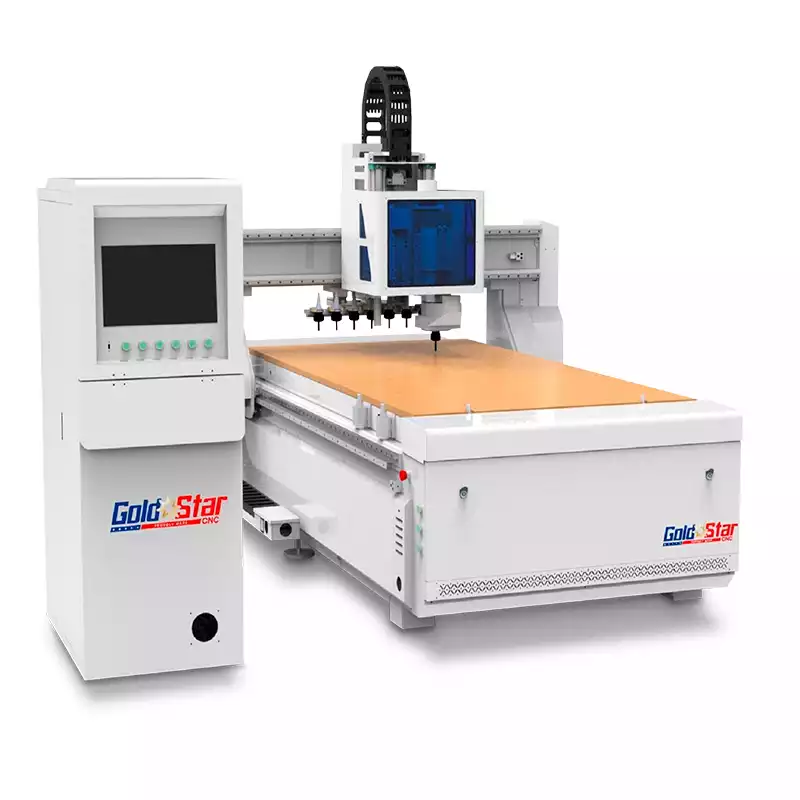
Dust Collectors
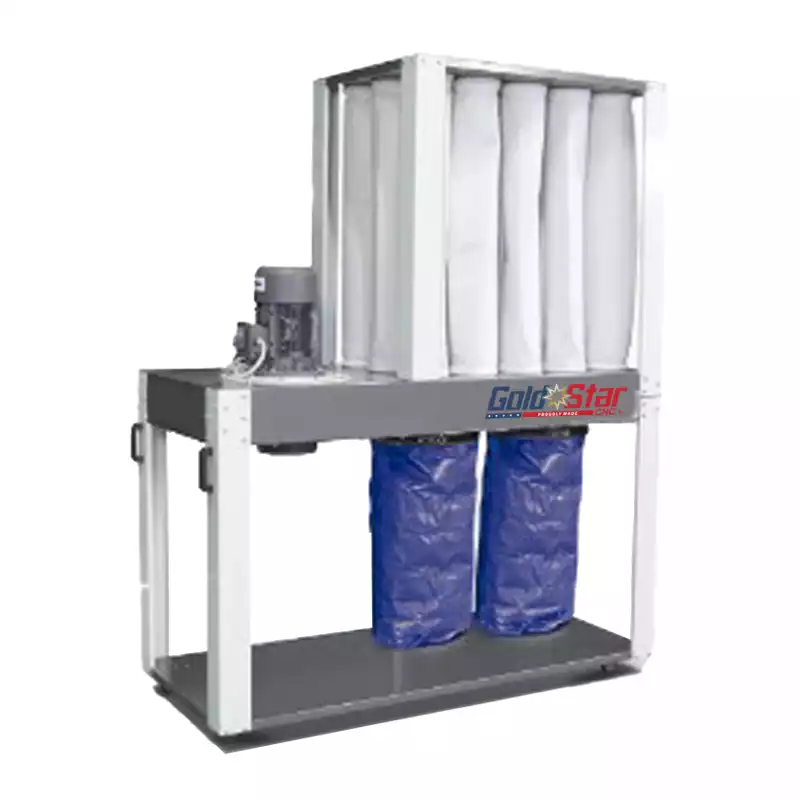
Edgebanders

Air Compressors
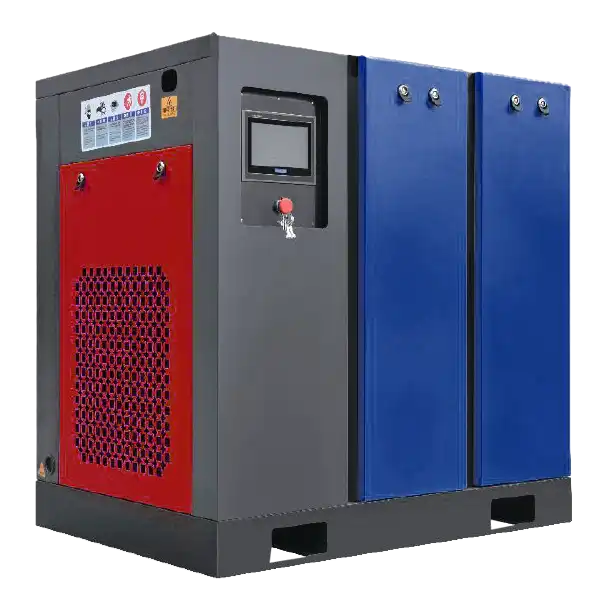
CNC Lasers
